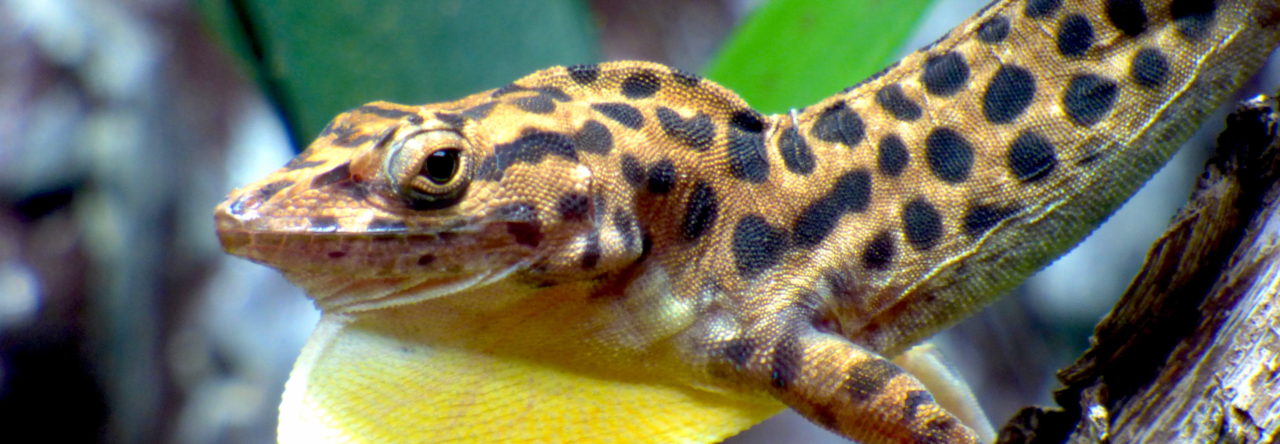 Wade Davis, explorer extraordinaire, made his name as a graduate student at Harvard by proposing not only that Haitian zombies were real, but that they were created by ingesting concoctions that include tetrodotoxin, the toxin in pufferfish and the infamous Japanese delicacy, fugu. When the victim recovers (if he does), he believes he has become a zombie, and this belief is then taken advantage of by the voodoo priest.
Wade Davis, explorer extraordinaire, made his name as a graduate student at Harvard by proposing not only that Haitian zombies were real, but that they were created by ingesting concoctions that include tetrodotoxin, the toxin in pufferfish and the infamous Japanese delicacy, fugu. When the victim recovers (if he does), he believes he has become a zombie, and this belief is then taken advantage of by the voodoo priest.
Davis first reported his hypothesis, controversial to this day, in a 1983 paper. In that paper, he reports the results of three expeditions to Haiti, in which he documented the preparation of five separate zombie potions in four different villages. The process by which the potion is created is an elaborate and intricate ceremony, which the gentle reader may learn about by reading the aforementioned paper. For our purposes here, the interesting issue is the ingredients that go into the potion.
As mentioned above, Davis’s hypothesis is that tetrodotoxin is the key pharmacological component that causes a near death (or sometimes, too near) experience, but there are many other ingredients, and the recipe varies from one village to the next. One village, for example, included ground human bones and shavings from a dog skull and a mule tibia. More importantly, at least for our purposes, is how the potion is prepared. At least in one village, it starts by placing a toad and a polychaete worm in a container for a while; apparently the worm agitates the toad, getting it to secrete toxins from its parotid glands. The toad and worm are then killed and dried in the sun, alongside some pufferfish, the presumed source of the tetrotodoxin. The parched specimens are then placed on hot coals alongside freshly killed Ameiva and Leiocephalus lizards. These are then roasted and combined with ground human bones, and then a variety of other ingredients are added, including centipedes and tarantulas. I won’t go on, but there are many additional steps—read up!
At another site, the ingredients were much simpler—all animals. They included fish, tarantulas, frogs, a boa (Epicrates striatus), ground human bones and dried human flesh and—wait for it!—Anolis coelestinus and A. cybotes!!!
No doubt, one question is in your mind: how did Davis, then a graduate student in ethnotany, identify his ingredients? The answer, of course, is that he collected specimens and brought them back to the Museum of Comparative Zoology. The anoles, and other herps, were identified by the venerable team of Ernest Williams, Greg Mayer, Jose Rosado, Jim Knight and Franklin Ross. The photo above is the entry in the notes column of the MCZ Herpetology Department register for the anole specimens Davis entered into the collection.
- Evolution in Real Time on Lizard Island - March 23, 2025
- Spider Snags Adult Anolis osa - March 22, 2025
- An Homage to the Green Anoles of New Orleans - March 21, 2025


Dave Steinberg
Back in my Richard Schultes-obsessed days, I read Wade Davis’ Serpent in the Rainbow (his popular book about Haitian zombies). I don’t remember any mention of Leiocephalus or Anolis, but I’ll go back and check as soon as I can. If he left them out of the book, I wonder why? Will update as soon as I can …
In any case, this blog-post makes it easier for me to understand why Manuel is always forcing me to eat curlies in Abaco.
Dave Steinberg
In The Serpent and the Rainbow, Davis mentions “two freshly killed lizards, iridescent and blue,” while describing the preparation of the zombi potion. Later, he gives an update (which is a bit confusing with his reference to Dominica):
The herpetologists up at the museum knew the lizards right away. Neither is known to be poisonous. In Dominica, they say one of them can make the hair fall out and turn your skin green. But the people eat it anyway. Another species in a related genus plays havoc with housecats in Florida, but it doesn’t kill them. But it wasn’t a lizard that took down Narcisse, that’s for sure.
Jonathan Losos
I’ve never heard of people eating anoles, even in Haiti (of course, I’ve never heard of them eating other small lizards, either). I have had people tell me that cats routinely barf after eating anoles.
Lisa McCune
In Florida, it’s juvenile skinks (with iridescent blue tails) that are said to be toxic to cats….. I’ve never heard of convincing proof of this, however……
Gregory C. Mayer
I note that the catalog entry is in the inimitable handwriting of Frank Ross. Cataloging is now done electronically, which actually removes a source of data and quality control: knowing who wrote an entry allows researchers to check ambiguous or apparently erroneous data against the original entry, which often leads to ambiguities resolved and errors detected. An electronic entry can’t be interrogated in this way– it simply is what it is. A gecko of interest to me at the MCZ was cataloged as coming from “Virgins Island” (an unlikely but, if true, deeply interesting record), but that it was in the handwriting of Alfred Loveridge, who often mistranscribed data from Chapman Grant, led me to confirm the gecko had come from “Vieques Island” (an expected record). Of course, handwritten cataloging had to be done very carefully; for Frank, writing in the catalog was a sacred task, for which he prepared himself and the data very carefully.